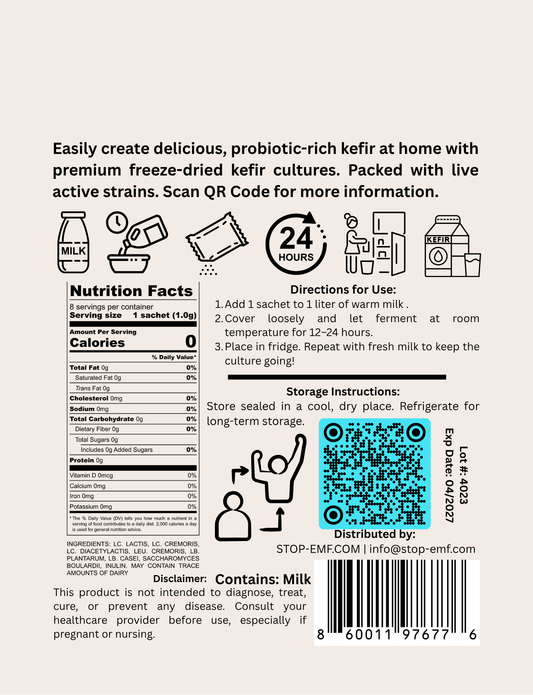In the ever-evolving world of natural remedies and alternative medicine, one compound has been quietly making waves - methylene blue. This unassuming blue dye has been used in various medical applications for over a century, but its antifungal properties have only recently come to the forefront.
Methylene blue, a synthetic dye derived from the chemical compound phenothiazine, has long been used as a treatment for various conditions, from cyanide poisoning to urinary tract infections. However, its potential as an antifungal agent has been a game-changer, particularly in the face of growing concerns about antibiotic resistance.
One of the key advantages of methylene blue is its versatility. Unlike traditional antifungal medications that target specific fungal species, methylene blue has been shown to be effective against a wide range of fungal infections, including Candida, Aspergillus, and even the dreaded Cryptococcus. This makes it a valuable tool in the fight against the ever-evolving world of fungal pathogens.
The Science Behind Methylene Blue's Antifungal Properties
The mechanism by which methylene blue exerts its antifungal effects is quite fascinating. It works by disrupting the fungal cell's ability to produce energy, effectively starving the pathogen and preventing it from thriving. This process is known as photodynamic therapy, where the dye is activated by light, generating reactive oxygen species that damage the fungal cell's structures.
But the benefits of methylene blue don't stop there. Recent studies have also shown that it can enhance the effectiveness of traditional antifungal medications, making it a powerful ally in the fight against stubborn fungal infections.
Real-World Applications of Methylene Blue
The potential applications of methylene blue as an antifungal agent are vast and varied. In the medical field, it has been used to treat fungal infections of the skin, nails, and even the respiratory system. Some researchers have even explored its use in treating fungal infections in immunocompromised individuals, where traditional treatments may be less effective.
But the benefits of methylene blue extend beyond the medical realm. In the agricultural industry, it has been used as a fungicide to protect crops from fungal diseases, offering a natural and environmentally-friendly alternative to synthetic chemicals.
The Future of Methylene Blue
As the world continues to grapple with the challenges of antibiotic resistance and the search for effective, natural remedies, methylene blue stands out as a promising solution. Its versatility, safety, and growing body of research make it an exciting prospect for the future of antifungal treatments.
So, the next time you hear about the wonders of methylene blue, remember that it's not just a dye - it's a powerful, natural ally in the fight against fungal infections, and a testament to the incredible potential of natural compounds to transform the way we approach healthcare.






